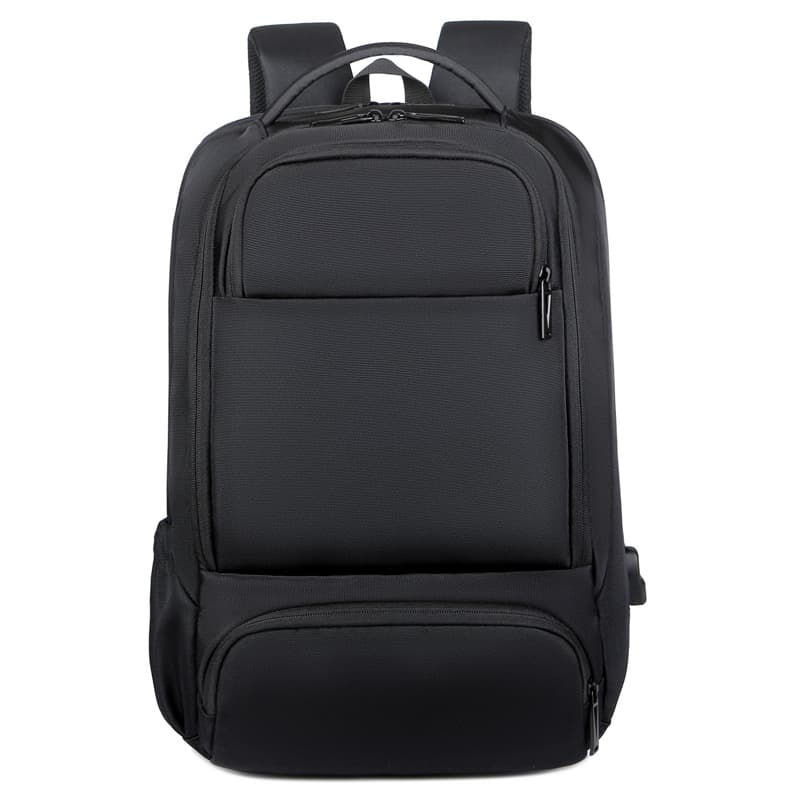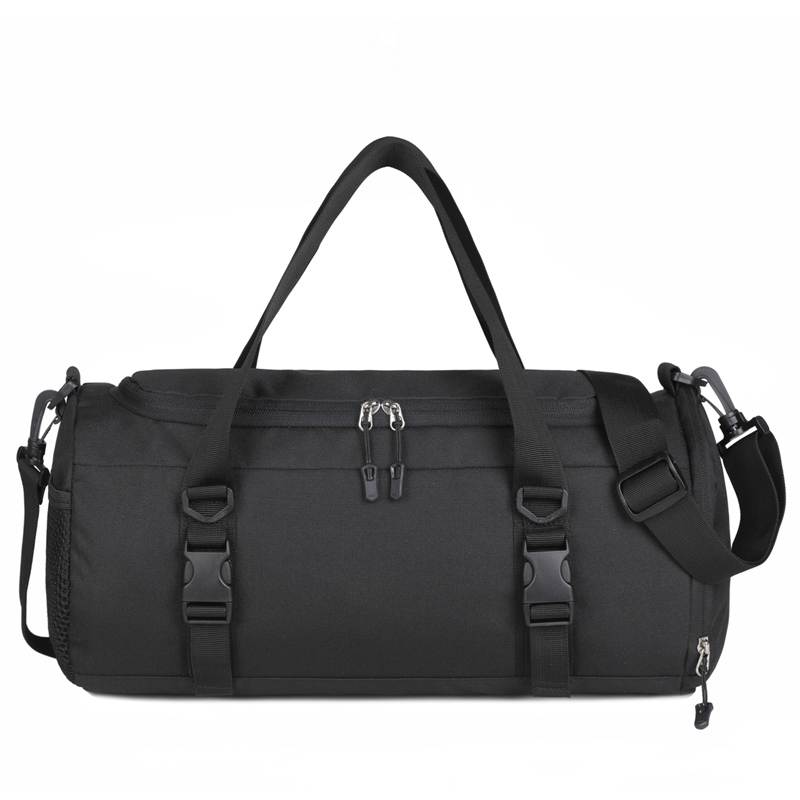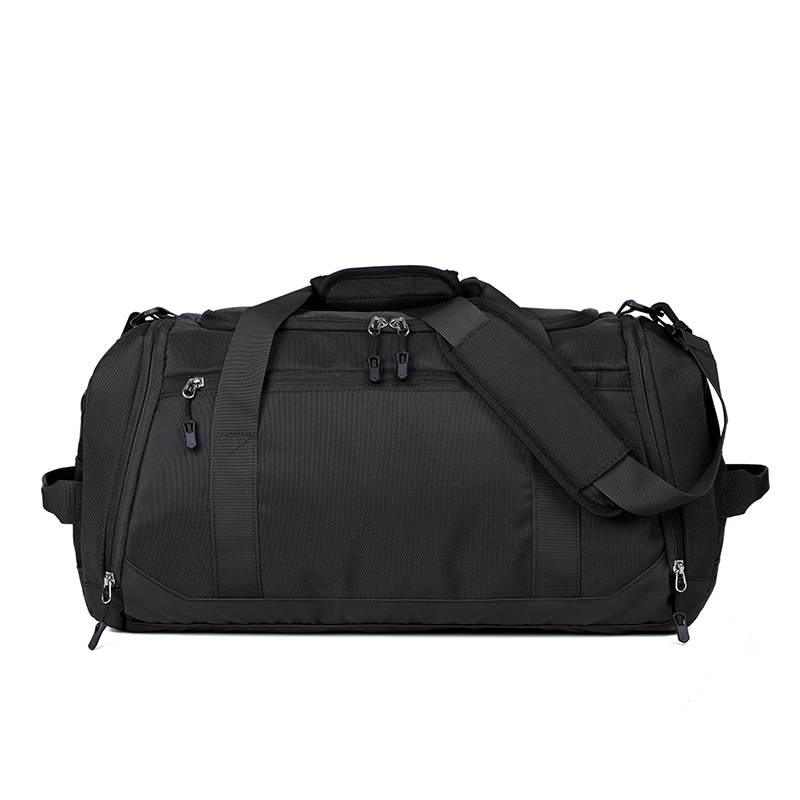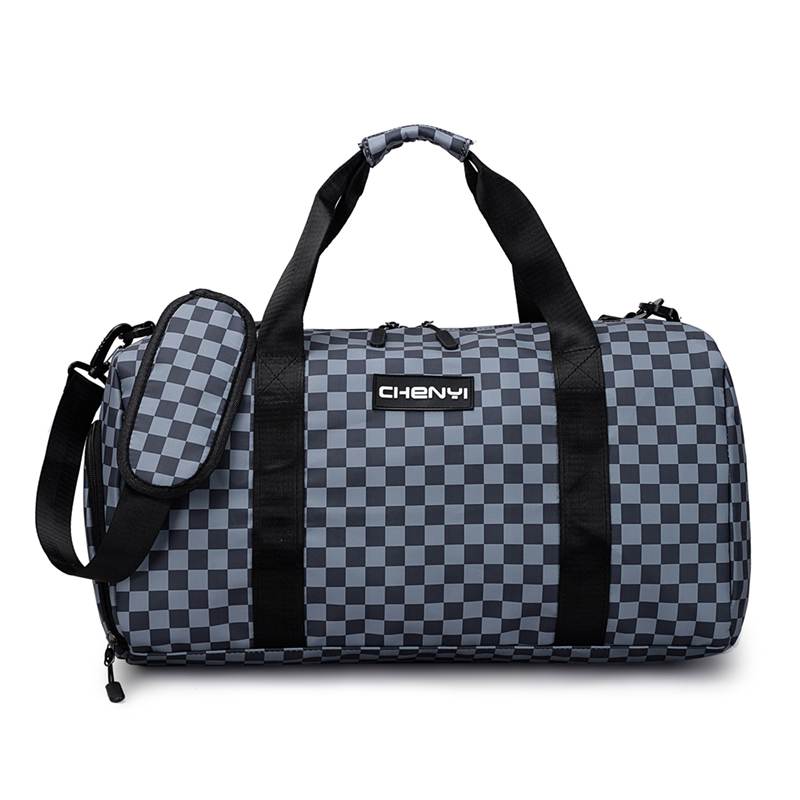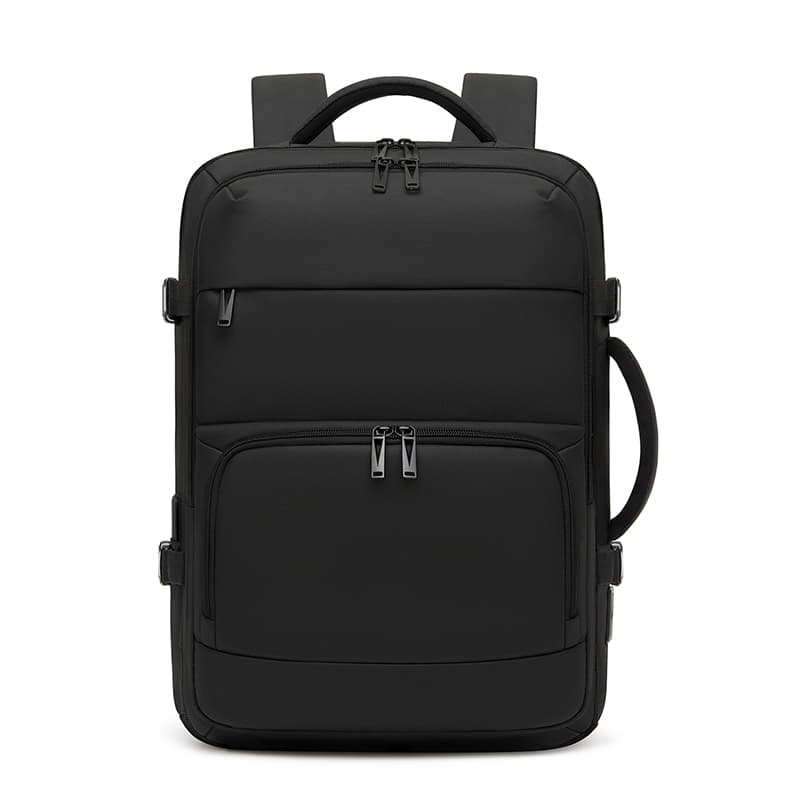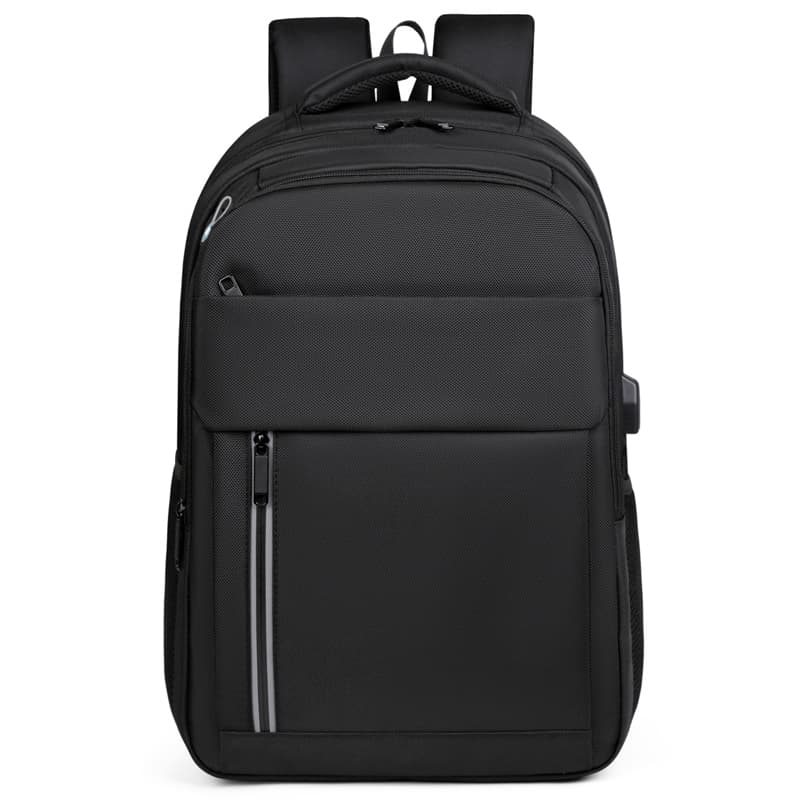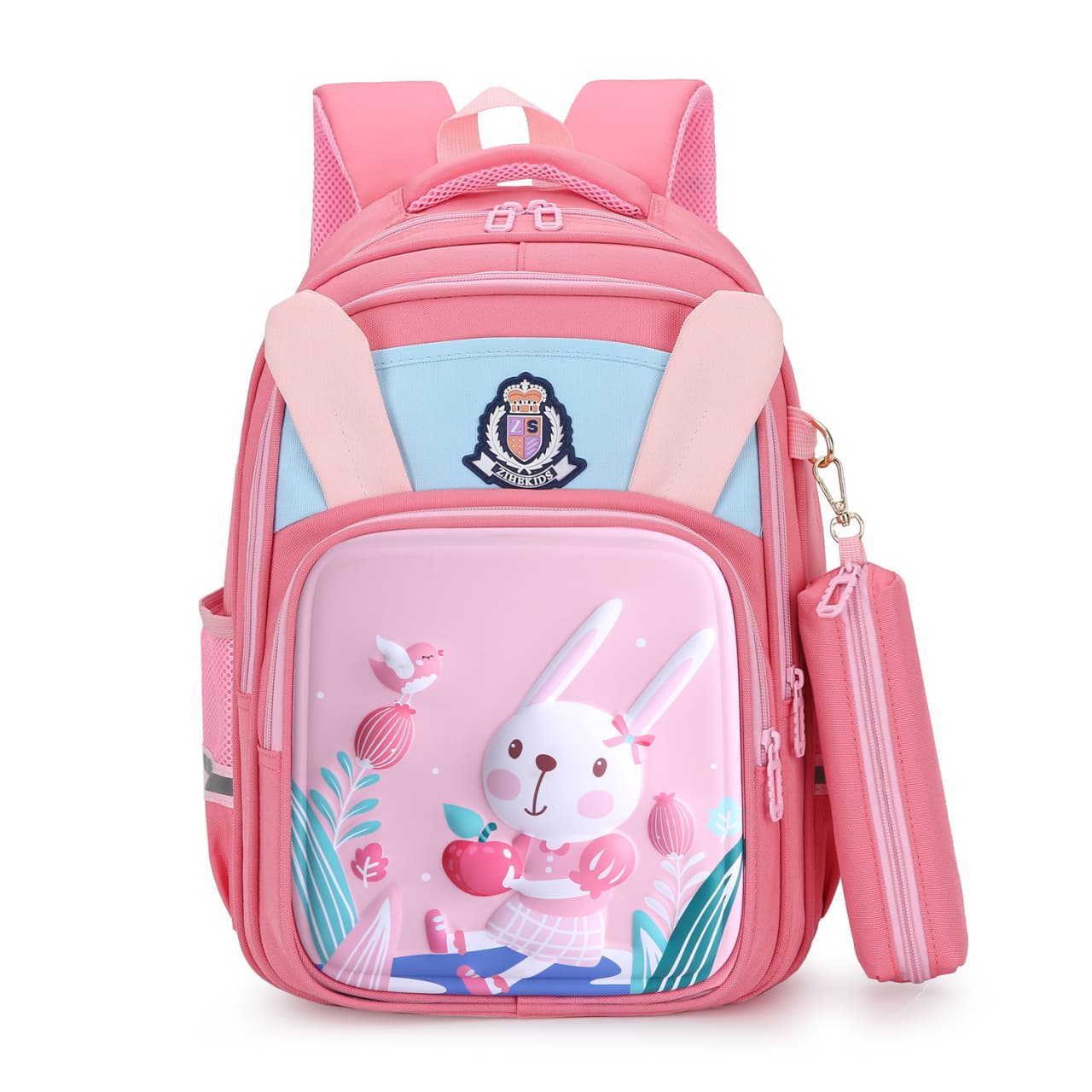Tell you how to choose a cycling backpack.
2022-10-24 08:57:27
hebei leimande
Cycling backpacks are suitable for short-distance cycling activities. Generally speaking, if the cycling mileage exceeds 100 kilometers, cycling backpacks are not recommended. But for short-distance riding, choosing a cycling backpack is still a better way to store items. Today, Leimande Custom Factory will tell you how to choose a good cycling backpack. Let's learn about it together!
It depends on whether a cycling backpack is good or not. From several aspects, a scientific carrying system, loading system, fabric selection, and breathable and sweat-wicking design are must-haves.
Piggyback System
The backpack carrying system consists of a back panel, shoulder straps, chest straps, and a waist belt, and the back panel is used to support the entire backpack. A good backpack can evenly distribute the weight of the backpack. Shoulder straps, waist pads, and chest straps play an important role in fixing, they must be adjusted. According to different individual body types, different adjustments can be made to better fix and reduce friction. In addition, the inner part of the shoulder strap and waist belt that contacts the skin should be soft and elastic, effectively changing the upper and lower friction of the upper shoulder strap or waist belt from elastic vibration. Not only does the chest strap need to be adjustable in length, but it should also have a slide-type attachment point on the chest strap for easy adjustment to a personal comfortable position.
fabric
The general riding bag uses PU-coated nylon fabric, which has the functions of waterproof, anti-dry, wear-resistant, and tear-resistant. Whether a backpack is durable or not, the fabric is the main determining factor.
Designed with ventilation, and a breathable perspiration system. When riding, the backpack is fully buckled on the back. If the back is not ventilated during riding, it will be quite uncomfortable to cover the back with sticky sweat.
Whether the loading system is reasonable. Backpacks usually consist of main pockets, side pockets, and additional pockets. Riding bags will be made relatively small, generally no more than 30L, generally 10L, 14L, 18L, 20L, 25L, etc. Therefore, through the design of the bags of each part of the backpack, the objects can be better distributed, the capacity can be rationally utilized, and of course, the more important thing is to facilitate access.
